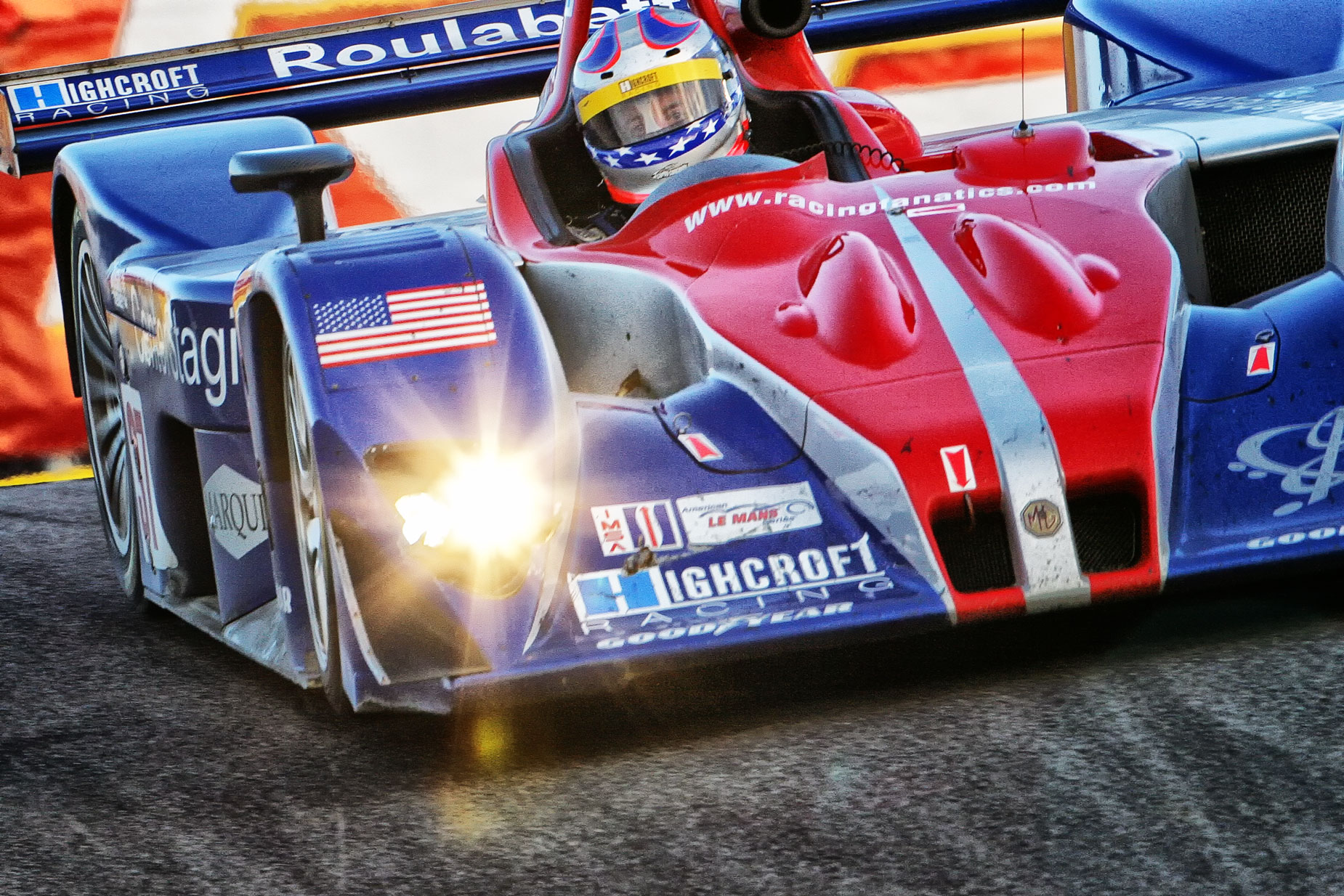Today’s Post by Joe Farace
If you can leave two black stripes from the exit of one corner to the braking zone of the next, you have enough horsepower.— Mark Donohue
There are situations when it’s not possible or practical to carry a tripod or maybe there’s just no space to use one. That’s when a monopod can come in handy. I like to think of a monopod as a one legged tripod! This in especially true for those photographic assignments—even self-assignments— where space and weight are at a premium. A monopod is ideal when you’re shooting in low light, like the car museums that I’ve written about on my car photography blog/website and here on this blog. Many time, a monopod is allowed in these venues when a tripod is not and can be of help when shooting at slower than normal shutter speeds. Be an ambassador for all photographers and always ask before schlepping a monopod (or tripod for that matter) into any venue.
Using a Monopod
While perhaps not as rigid a support as a tripod, monopods are much better than hand holding a heavy long lens at slow shutter speeds. When shooting sports, a monopod is handy for supporting long lenses and working in the kind of tight spaces you may encounter. If you’re photographing sports from the stands, a tripod will interfere with the other spectators and some venues might not even let you carry one into it. A monopod usually won’t create the same kind of disruption, especially if you want to get along with your fellow spectators.  How I Made this Photo: The above image was shot just below the top of the famous Corkscrew turn at Mazda Speedway at Laguna Seca with an EF 500mm f/4L IS USM lens that weighs more than eight pounds. Maybe you can easily hand hold a lens and camera combination that weighs almost ten pounds but I can’t. The lens was loaned to me by ace motorsports photographer Regis LeFebure and came with a hefty Manfrotto monopod attached. Exposure with a Canon EOS 20D was 1/320 sec at f/10 and ISO 800 with a minus one-third stop exposure compensation. Shopping tip: When shopping for a monopod, remember that the same quality/price standards that make for a good tripod are applicable to the monopod. One side benefit is that because of their simplicity of design and construction, even a top-of -the-line monopod can be (relatively) affordable. If your camera support requirements are simple and occasional, a monopod may be all that you need!
How I Made this Photo: The above image was shot just below the top of the famous Corkscrew turn at Mazda Speedway at Laguna Seca with an EF 500mm f/4L IS USM lens that weighs more than eight pounds. Maybe you can easily hand hold a lens and camera combination that weighs almost ten pounds but I can’t. The lens was loaned to me by ace motorsports photographer Regis LeFebure and came with a hefty Manfrotto monopod attached. Exposure with a Canon EOS 20D was 1/320 sec at f/10 and ISO 800 with a minus one-third stop exposure compensation. Shopping tip: When shopping for a monopod, remember that the same quality/price standards that make for a good tripod are applicable to the monopod. One side benefit is that because of their simplicity of design and construction, even a top-of -the-line monopod can be (relatively) affordable. If your camera support requirements are simple and occasional, a monopod may be all that you need!
If you liked this post and enjoy visiting this blog, you can show your appreciation by buying me a cup of Earl Grey tea ($2.50) by clicking here or you can just click on Contact and offer a simple “thank you.”